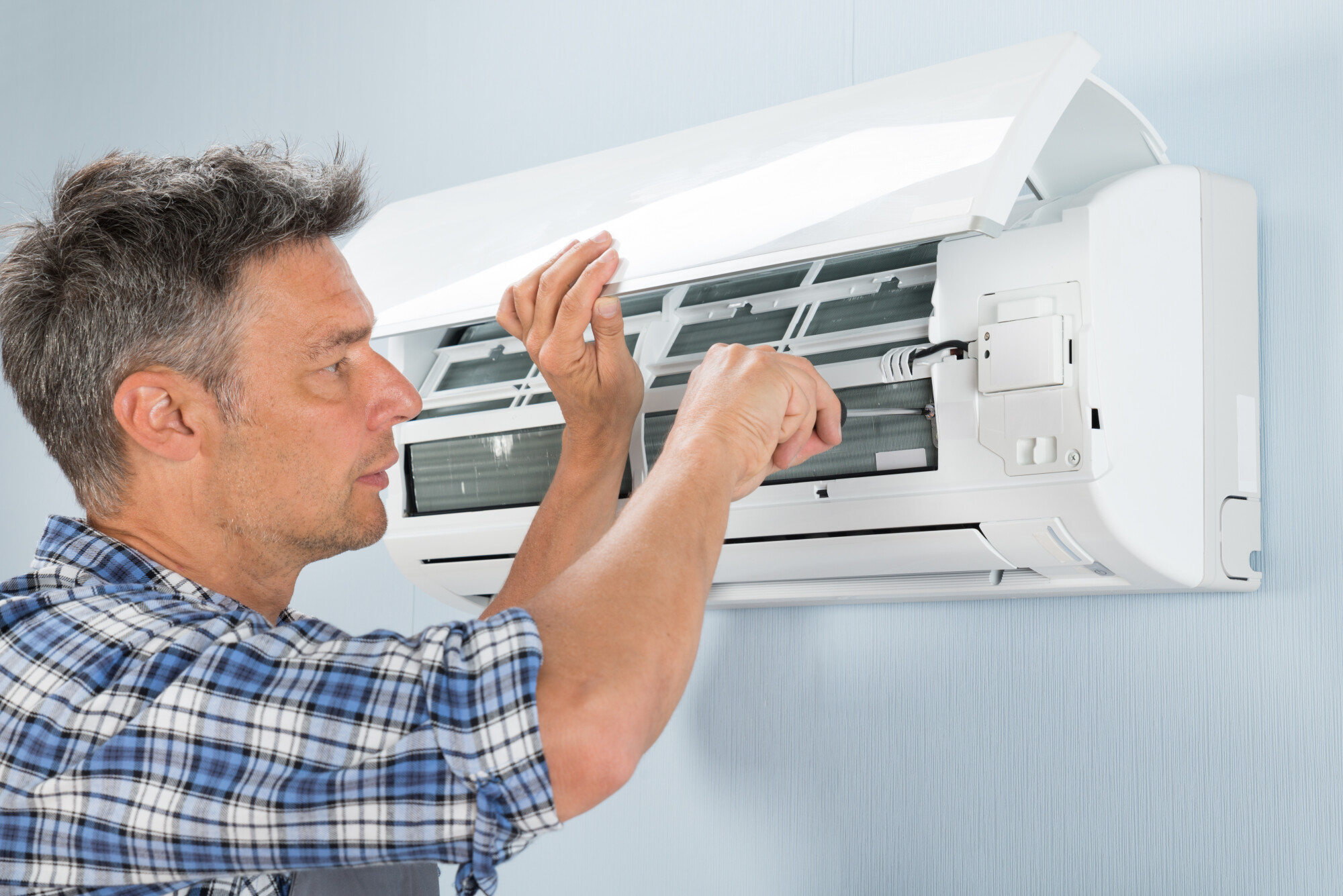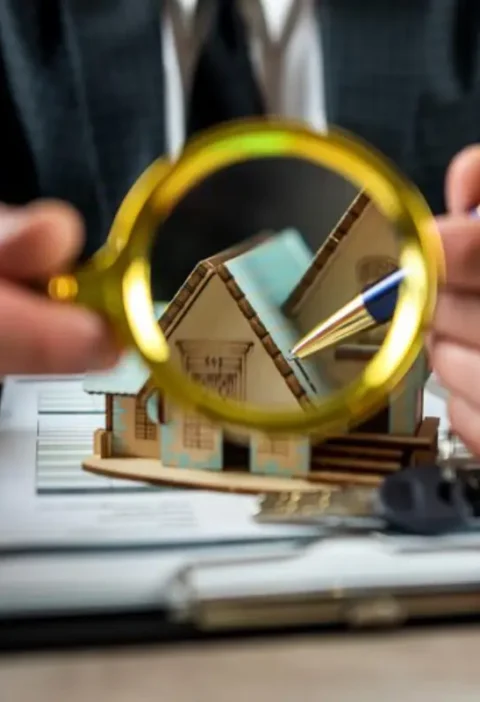Installing new appliances in your home can be an exciting and rewarding experience. Whether it’s a new dishwasher, refrigerator, or washing machine, proper installation is crucial to ensure the appliances function efficiently and safely. While some installations may require professional assistance, there are many appliances that you can install yourself with the right knowledge and tools. In this blog post, we will provide you with an expert guide for successful appliance installation, helping you navigate the process smoothly.
Prepare and Plan
Before diving into the installation process, it’s essential to take some time to prepare and plan. Here are some crucial steps to follow:
- Measurements: Measure the space where the appliance will be installed to ensure a proper fit. Take into account any clearances required for ventilation or access to electrical connections.
- Read the Manual: Carefully read the manufacturer’s installation instructions provided with the appliance. This will give you a clear understanding of the specific requirements and steps involved.
- Gather Tools and Materials: Make sure you have all the necessary tools and materials for installation. This may include screwdrivers, pliers, wrenches, electrical tape, and any specific components mentioned in the manual.
- Check Compatibility: Ensure that the appliance is compatible with your existing electrical and plumbing systems. If modifications are needed, consult a professional to make the necessary adjustments.
Electrical Appliances
When it comes to installing electrical appliances, such as dishwashers, ovens, or refrigerators, safety should be the top priority. If you’re not comfortable working with electricity, it’s always best to hire a licensed electrician. However, if you have the necessary skills and knowledge, here are some general guidelines to follow:
- Safety First: Before starting any electrical work, turn off the power at the main circuit breaker or fuse box. Use a voltage tester to confirm that the power is indeed off before proceeding.
- Follow the Manual: Carefully follow the manufacturer’s instructions for electrical connections. This may involve wiring the appliance according to color-coded wires, connecting grounding wires, and ensuring a secure connection.
- Proper Grounding: Make sure all electrical appliances are properly grounded. This involves connecting the grounding wire to the appropriate terminal or screw on the appliance and to the grounding system of your home.
- Secure Connections: Double-check that all wire connections are secure and tight. Use wire nuts or electrical tape to insulate the connections and prevent exposed wires.
- Test Before Finishing: After completing the electrical connections, turn the power back on and test the appliance to ensure proper functionality. Look for any signs of sparks, smoke, or unusual noises, and address any issues immediately.
Plumbing Appliances
Installing plumbing appliances, such as washing machines, dishwashers, or sinks, requires some basic plumbing knowledge. If you’re unfamiliar with plumbing systems, it’s advisable to consult a professional plumber. Here are some general steps to consider:
- Shut Off the Water: Locate the water shut-off valve for the area where the appliance will be installed. Turn off the water supply to prevent any leaks while working on the installation.
- Connect the Water Supply: Follow the manufacturer’s instructions to connect the appliance to the water supply. This may involve using hoses, valves, or adapters. Ensure tight connections to avoid leaks.
- Drainage Considerations: Determine the appropriate drainage method for the appliance. This may involve connecting to an existing drain pipe, installing a dedicated drain line, or utilizing a drain pump if necessary.
- Seal and Insulate: Use appropriate sealing materials, such as plumber’s tape or thread sealant, to ensure watertight connections. Insulate pipes or hoses if needed to prevent heat loss or condensation.
- Test for Leaks: After completing the installation, turn on the water supply and check for any leaks. Monitor the appliance during its initial use to ensure there are no water leaks or drainage issues.
Solar Powered Appliances: A Green Alternative
Shifting towards sustainable living, many homeowners are now considering the installation of solar-powered appliances. Notably, in Indiana, the solar energy company has seen a significant surge in recent years. Numerous companies offer a wide range of solar appliances, from solar-powered water heaters to refrigerators. These appliances not only help reduce your carbon footprint but also save substantially on energy bills. In addition, Indiana residents can take advantage of incentives and tax credits offered by the state government for adopting solar power, making this switch a cost-effective solution in the long term.
Proper appliance installation is crucial for optimal performance, safety, and longevity. By preparing, planning, and following the manufacturer’s instructions, you can successfully install many appliances yourself. However, it’s important to recognize your limitations and hire professionals when dealing with complex electrical or gas installations. Prioritize safety at all times and consult experts when in doubt. With the right approach, you can enjoy the benefits of your newly installed appliances while ensuring peace of mind.







